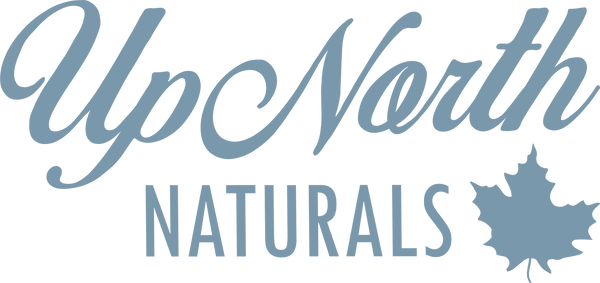Welcome to the ultimate guide to caring for curly hair! If you've ever wondered, "What is the best product for curly hair?" you've come to the right place. In this comprehensive two-part series, we'll delve into the world of curly hair care, exploring the best products, techniques, and tips for maintaining and enhancing your natural curls. Whether you're a curly hair veteran or just starting your curly hair journey, this guide has something for everyone.

Types of Curly Hair
When it comes to curly hair, one size does not fit all. There are several different types of curls, each with its own unique characteristics and care needs. Understanding your curl type is the first step to finding the best products and techniques for your hair. Here are some common curly hair types:
Type 2: Wavy Hair
Type 2 hair falls somewhere between straight and curly, with a slight wave pattern. This hair type is often prone to frizz and can benefit from products that enhance definition and reduce frizz.
Type 3: Curly Hair
Type 3 hair is characterized by well-defined curls that range from loose curls to tight spirals. This hair type thrives with products that provide moisture and definition, helping to enhance and maintain the curl pattern.
Type 4: Coily Hair
Type 4 hair features tightly coiled curls or kinks that may shrink when dry. This hair type requires ample moisture and gentle handling to prevent breakage and maintain elasticity.
Factors Affecting Curly Hair
In addition to curl type, several factors can influence the health and appearance of curly hair. These factors include:
- Porosity: The ability of your hair to absorb and retain moisture.
- Density: The number of hair strands on your scalp.
- Thickness: The diameter of your individual hair strands.
Understanding these factors can help you tailor your curly hair care routine to meet the specific needs of your hair.
The Curly Hair Care Routine
Cleansing
One of the most important steps in caring for curly hair is cleansing. However, traditional shampoos can be harsh and drying, stripping the hair of its natural oils and leaving curls feeling dry and brittle. Instead, opt for sulfate-free shampoos and co-washes that gently cleanse the hair without stripping away moisture.
Co-Washing
Co-washing, or conditioner washing, involves using a cleansing conditioner to cleanse the hair and scalp without the use of traditional shampoo. This method is particularly beneficial for curly hair, as it helps to retain moisture and prevent dryness.
Shampooing
If you prefer to use shampoo, choose a sulfate-free formula that is gentle on curly hair. Look for products that contain moisturizing ingredients such as coconut oil, shea butter, or argan oil to help hydrate and nourish the hair.
Conditioning
Conditioning is essential for curly hair, as it helps to hydrate and detangle the hair, making it easier to manage and style. When choosing a conditioner, look for products that are rich in moisture and contain ingredients such as glycerin, aloe vera, or jojoba oil.
Deep Conditioning
In addition to regular conditioning, curly hair can benefit from deep conditioning treatments. Deep conditioners penetrate the hair shaft to provide intense hydration and repair damage, leaving curls soft, smooth, and more manageable.
Leave-In Conditioner
Leave-in conditioner is a must-have product for curly hair, as it helps to lock in moisture and prevent frizz throughout the day. Apply a small amount of leave-in conditioner to damp hair, focusing on the ends, before styling.
Styling
Styling curly hair can be a challenge, but with the right products and techniques, you can achieve beautiful, defined curls that last all day. Here are some tips for styling curly hair:
Curl Enhancers
Curl enhancers are products designed to define and enhance your natural curl pattern. Look for styling creams, gels, or mousses that are specifically formulated for curly hair, and apply them to damp hair from roots to ends.
Diffusing
Diffusing is a popular styling technique for curly hair that involves using a diffuser attachment on your hair dryer to dry your curls without causing frizz. To diffuse your hair, flip your head upside down and use the diffuser on a low heat setting, scrunching your curls as you go.
Plopping
Plopping is another technique for enhancing curl definition and reducing frizz. To plop your hair, lay a cotton t-shirt or microfiber towel flat on a surface, then flip your head upside down and gently lower your curls onto the fabric. Wrap the fabric around your head, covering your curls, and leave it in place for 10-20 minutes before removing.
Conclusion:
Congratulations, you've completed of our comprehensive guide to caring for curly hair! In this article, we've explored the different types of curly hair, factors that affect curly hair health, and the essential steps of a curly hair care routine. Stay tuned where we'll delve deeper into styling techniques, common curly hair concerns, and tips for maintaining healthy, beautiful curls.

